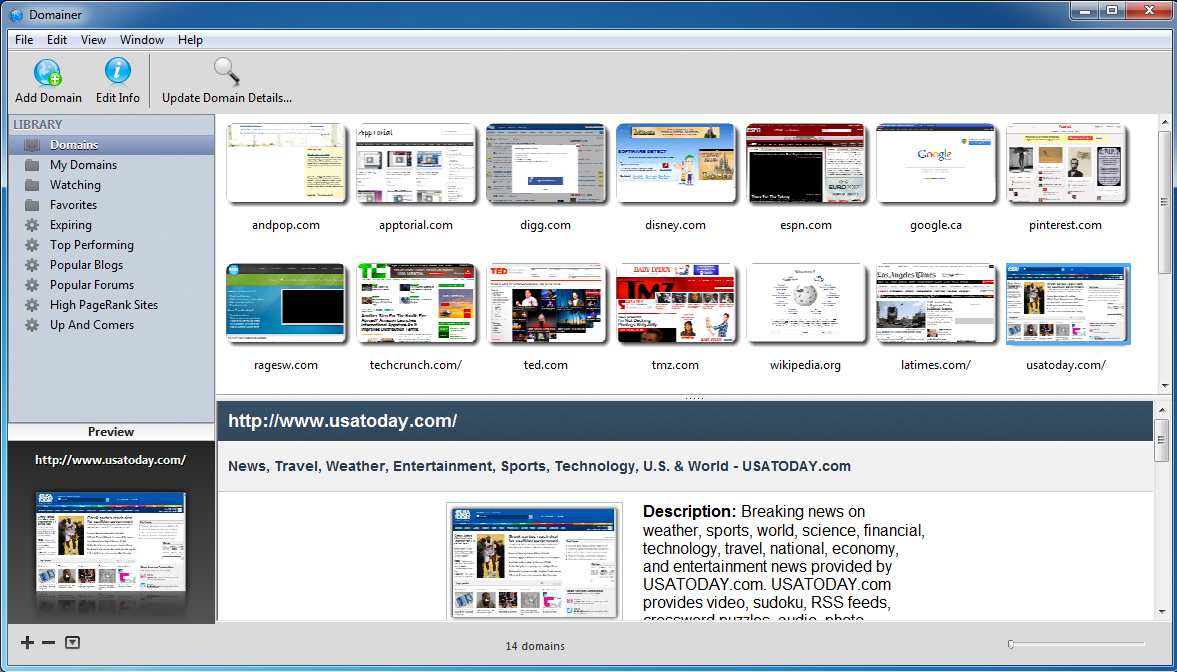

See Circular 7d, Mandatory Deposit of Copies or Phonorecords for the Library of Congress, and the Deposit Regulation 202.19.Īlthough the general rule is that the person who creates the work is its author, there is an exception to that principle. Works in the public domain may be used freely without the permission of the former copyright owner.Ĭopies of all works under copyright protection that have been published in the United States are required to be deposited with the Copyright Office within three months of the date of first publication. A work of authorship is in the “public domain” if it is no longer under copyright protection or if it failed to meet the requirements for copyright protection. In recent usage, peer-to-peer has come to describe applications in which users can use the Internet to exchange files with each other directly or through a mediating server. A "network" is a group of two or more computer systems linked together by various methods. Often referred to simply as peer-to-peer, or abbreviated P2P, a type of network in which each workstation has equivalent capabilities and responsibilities in contrast to client/server architectures, in which some computers are dedicated to serving the other computers. See Circular 3, Copyright Notice, for requirements for works published before March 1, 1989, and for more information on the form and position of the copyright notice.Īs a general matter, copyright infringement occurs when a copyrighted work is reproduced, distributed, performed, publicly displayed, or made into a derivative work without the permission of the copyright owner.Ī type of network where computers communicate directly with each other, rather than through a central server.
Domainer define registration#
Use of the notice is the responsibility of the copyright owner and does not require advance permission from, or registration with, the Copyright Office. While use of a copyright notice was once required as a condition of copyright protection, it is now optional. The copyright notice generally consists of the symbol or word “copyright (or copr.),” the name of the copyright owner, and the year of first publication, e.g., ©2008 John Doe. What is a copyright notice? How do I put a copyright notice on my work?Ī copyright notice is an identifier placed on copies of the work to inform the world of copyright ownership. For further information see Circular 1, Copyright Basics, section “ Publication”. A public performance or display of a work does not of itself constitute publication.” Generally, publication occurs on the date on which copies of the work are first made available to the public. The offering to distribute copies or phonorecords to a group of persons for purposes of further distribution, public performance, or public display constitutes publication. According to the statute, “Publication is the distribution of copies or phonorecords of a work to the public by sale or other transfer of ownership, or by rental, lease, or lending. Publication has a technical meaning in copyright law. The deposit is sent with the application and fee and becomes the property of the Library of Congress.

See Circular 40a, Deposit Requirements for Registration of Claims to Copyright in Visual Arts Material. In certain cases such as works of the visual arts, identifying material such as a photograph may be used instead. See Circular 30, Works Made for Hire.Ī deposit is usually one copy (if unpublished) or two copies (if published) of the work to be registered for copyright. In cases of works made for hire, the employer or commissioning party is considered to be the author. The author is also the owner of copyright unless there is a written agreement by which the author assigns the copyright to another person or entity, such as a publisher. Under the copyright law, the creator of the original expression in a work is its author.


 0 kommentar(er)
0 kommentar(er)
